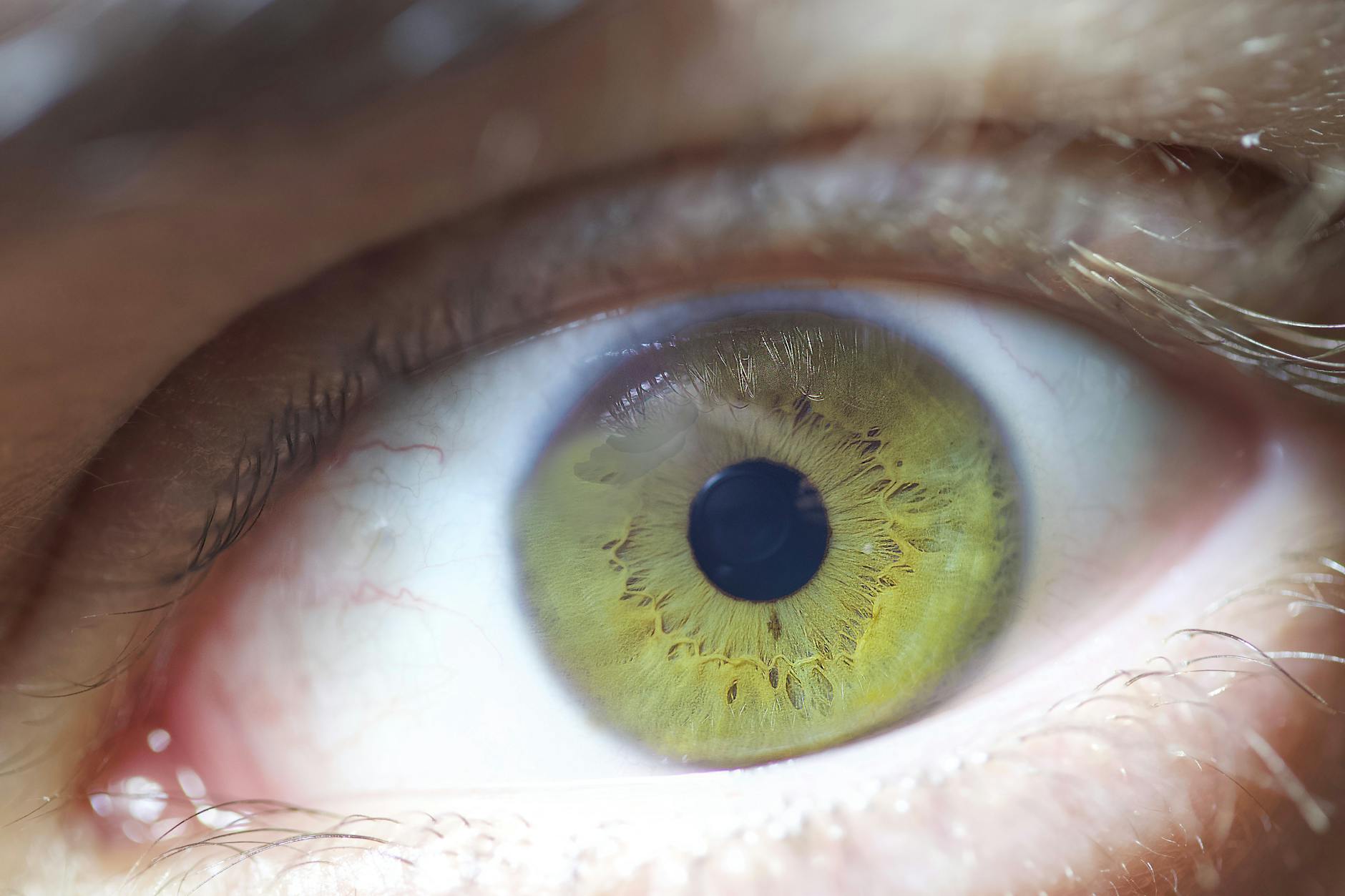
As an ophthalmologist, I frequently encounter patients grappling with astigmatism. This common condition causes blurred or distorted vision, and understanding its nuances can significantly improve one’s quality of life. Yet, many people remain unaware of what astigmatism truly involves.
What is Astigmatism?
Astigmatism is a refractive error that affects how the eye focuses light. It occurs when the cornea, the clear front cover of the eye, or the lens inside the eye has an irregular shape. Normally, the cornea and lens are smooth and evenly curved in all directions, helping to focus light rays sharply onto the retina at the back of the eye. However, with astigmatism, the cornea or lens is curved more steeply in one direction than the other, causing blurred or distorted vision.
Causes and Symptoms
Astigmatism can be present from birth and often occurs together with other refractive errors like myopia (nearsightedness) or hyperopia (farsightedness). Although the exact cause is unknown, genetics play a significant role. Symptoms of astigmatism include blurred vision, headaches, eyestrain, and difficulty with night vision. Many patients I’ve treated initially thought their vision problems were due to fatigue or aging. However, a comprehensive eye exam often reveals astigmatism as the underlying issue.
Diagnosis and Treatment
Diagnosing astigmatism involves a thorough eye examination, including a refraction test and keratometry or corneal topography. These tests measure how the eyes focus light and the curvature of the cornea. Corrective lenses, either glasses or contact lenses, are the most common treatment options. They work by counteracting the uneven curvature of the cornea or lens. For those seeking a more permanent solution, refractive surgery such as LASIK can reshape the cornea and correct the vision problem.
Living with Astigmatism
Living with astigmatism involves some adjustments, but it doesn’t have to be debilitating. For example, one of my patients found significant relief by switching to toric contact lenses specifically designed for astigmatism. Regular eye exams are crucial because the condition can change over time. According to an article on The National News, advancements in eye care technology in the UAE have significantly improved the management of astigmatism.
Astigmatism in Children
Detecting astigmatism early in children is vital. In my practice, I’ve seen numerous cases where early intervention made a significant difference in a child’s academic performance and overall quality of life. Regular vision screenings in schools can help identify children with astigmatism early, ensuring they get the necessary treatment. A recent report on Gulf Today highlights the importance of early eye exams for children to detect and correct vision problems like astigmatism.

Technological Advances
Advancements in technology have revolutionized the management of astigmatism. Modern diagnostic tools and treatment options offer better accuracy and comfort for patients. Dubai’s eye care facilities are equipped with the latest technology, providing residents access to top-tier treatment options.
Importance of Regular Eye Exams
Regular eye exams are essential for managing astigmatism effectively. I always stress to my patients the importance of these exams to monitor changes in their vision and update their prescriptions accordingly. Simple practices, like proper lighting when reading and taking breaks during tasks that require prolonged focus, can also help alleviate symptoms.
Daily Life and Astigmatism
In daily life, managing astigmatism means making a few mindful adjustments. For instance, using anti-glare screens on digital devices can reduce eyestrain. Moreover, ensuring proper posture and lighting during reading or computer work can significantly improve comfort.
Embracing Modern Solutions
Embracing modern solutions for astigmatism can make a world of difference. From advanced contact lenses to cutting-edge surgical options, patients now have more ways than ever to achieve clear vision. Staying informed about these advancements and seeking regular professional advice is key to managing this condition effectively.
Lifestyle Adjustments
As an ophthalmologist, I find it rewarding to help patients navigate the challenges of astigmatism. With the right diagnosis, treatment, and lifestyle adjustments, living with astigmatism can be much more manageable, allowing individuals to enjoy clearer, more comfortable vision. If you suspect you have astigmatism or are experiencing any vision problems, don’t hesitate to schedule a comprehensive eye exam.
